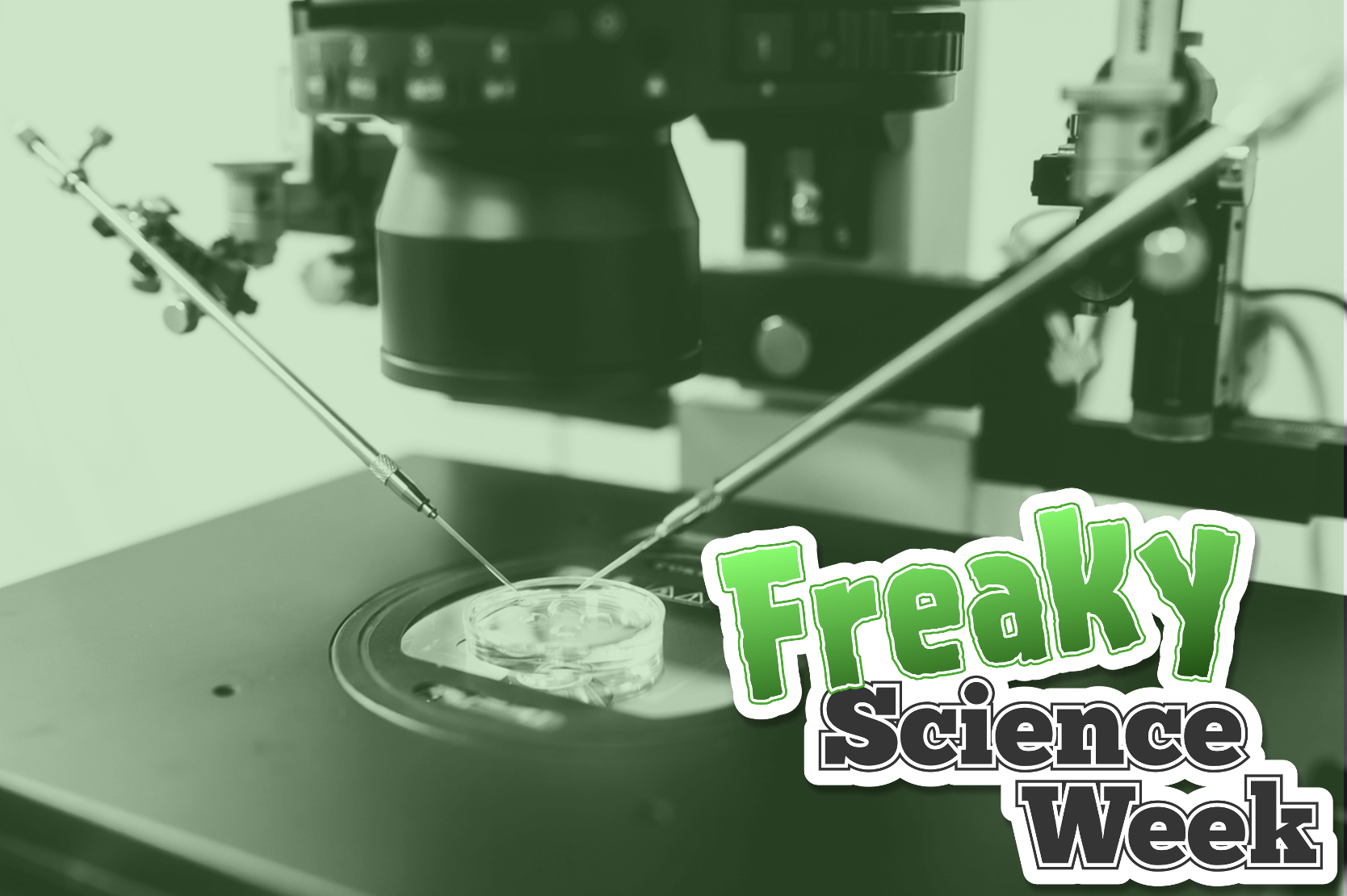Rise of the MotherFather
In-vitro gametogenesis raises so. many. questions.

This week, Questionist asks and answers the question, “What have scientists been up to lately that should scare the bejeezus out of us?” Watch this space for a series of five articles on that general subject – and sleep tight!
The world’s first baby conceived by in-vitro fertilization—Louise Joy Brown—was born in 1978, 45 years ago. The procedure was both groundbreaking and controversial at the time, but today, IVF is a universally accepted and common tool for people to overcome fertility problems. How common? A whopping 8 million IVF babies have been born since Louise Brown’s arrival, with 750,000 annual deliveries resulting from the procedure these days.
We didn’t think that advances in the science of human reproduction would simply end there, did we? Well, they haven’t. At a time when we are seeing unprecedented advances in AI, the latest in regenerative and reproductive technology is also making its way into the scientific spotlight.
Cue in-vitro gametogenesis, or IVG, which is the process of custom-making reproductive cells using any cell in the human body. Yes, you heard that right—any cell. A skin cell or blood cell, for example, could be transformed into a sperm cell or egg cell.
IVG has already been proven to be successful—in mice. Researchers reprogrammed adult mice’s tail cells into pluripotent stem cells (iPS cells), which were then turned into gametes (the precursor cells for egg and sperm cells) and incubated with hormones and compounds to create egg cells. When the resulting egg cells were then fertilized with “regular” mouse sperm and implanted into a female mouse’s uterus, healthy mice pups were born and even went on to have pups of their own.
In-vitro gametogenesis worked. And humans are next. In a recent interview with NPR, Japanese scientist Mitinori Saitou said, “We are in the process of translating these technologies into humans.” Research is ongoing, and so far, they have been successfully able to develop very primitive human eggs and sperm out of human blood cells.
Advocates for in-vitro gametogenesis insist that the technology will be life-changing for people facing fertility issues. The procedure would vastly increase the egg supply, which is currently difficult, expensive, inefficient, and painful to achieve via IVF. The IVG process would also allow same-sex couples to have children that are biologically related to both parents, take the “biological clock” out of the equation for many women, and create reproductive cells that are free of potential DNA defects. It would also allow for single individuals to procreate without an additional genetic donor—resulting in a child that is a 100% genetic match to one parent. (Please, no one tell Elon Musk about this.)
OK, that last one might not exactly be a benefit. And sure enough, while reproductive scientists are cheering on these latest advancements, some of us (the rest of us) are thinking that this might be, um, taking things a bit too far. Clearly, IVG opens a Pandora’s box of legal, ethical, moral, and regulatory issues. Some worry about the rise of “designer offspring”, with the ability for couples to go through a process of embryo farming to create the perfect child. There are concerns about inbreeding when it comes to solo genetic reproduction. And because any cell can be used to create a reproductive cell, there is the possibility of an unsuspecting person becoming a parent without consent. Worrisome indeed.
There are already strict laws in place in the U.S. and around the world that prohibit or heavily regulate embryo creation, and it’s as yet unclear how IVG would interact with those. What we do know is that human in-vitro gametogenesis is knocking at the door, and we may yet live to see Louse Joy Brown 2.0. Should we be excited about the prospect, or very, very afraid?
(Yeah, we’re sticking with afraid.)
Photo illustration: iStock / Questionist
